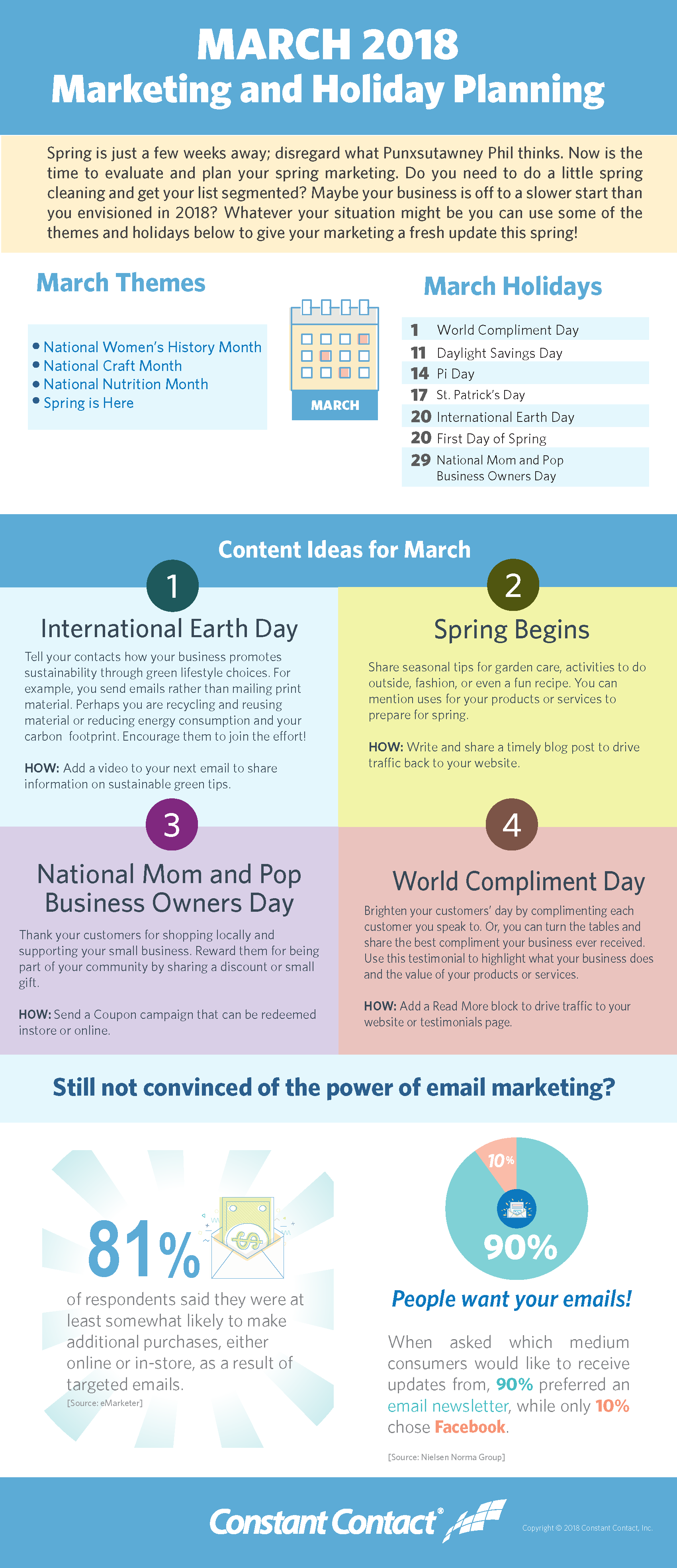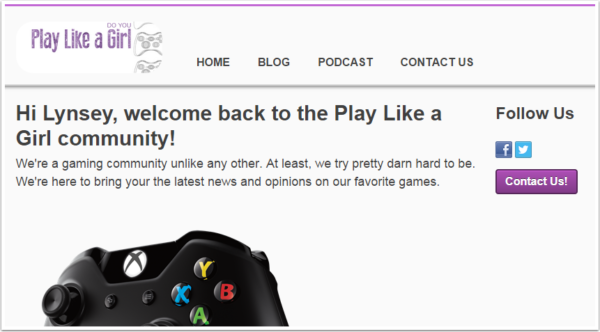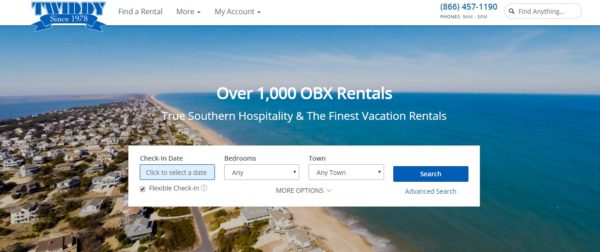Run-of-the-mill advertisers have little respect for the personal nature of email. But smart email marketers know how to talk to their customer as individuals. Here are six ways to do just that.
1. A “From” Field That Shows You’re a Real Person
Consider the different impressions these “from” lines create:
Bill Kastl
William Kastl
William D. Kastl, Nakatomi Corporation
Nakatomi Sales Department
Bill Kastl, Nakatomi Sales
You want your email to be warm and personal without looking like spam. The key is to say something that’s so specific to readers’ particular interests, they know no spammer would ever come up with it. Pick a “from” field that your customers will understand, and stick with it.
2. A Provocative Subject Line
The most important thing about email is that its success or failure is all about context. Email subject lines work not because they follow standard copywriting formulas but because they tap into what specific people are interested in at a particular time.
Here are some subject lines of some successful emails I’ve sent out to my Google AdWords customer list:
When Google is NOT the Best Way to Get a CustomerAre Google Employees Spying on You?Google’s “Don’t Be Evil” and All That5 Insidious Lies About Selling on the WebFistfight at the Board of Directors Meeting
These headlines don’t assault the reader with cheesy-sounding promos -- they hint very strongly at a story. They provoke curiosity rather than scaring people off.
3. Everybody Loves a Good Story
B&B Electronics sells industrial communication hardware—a “boring” geek business if there ever were one. But when Perry Marshall writes its monthly newsletter, he turns that dull, geek image on its head and interrupts a dreary day of engineering with wry humor.
The method? Storytelling.
Subject: ZIGBEE AND THE GEEKS’ REVENGE
Leslye was the girl who made my heart go pitter-patter in junior high school.
I was always sure to take the long way to Social Studies, down the stairs to first floor, past her locker, then back up to second. Just checkin’ up.
I wasn’t the boy who made her heart go pitter-patter. She liked Sam. And she never discovered that I liked her. It was my little secret.
Now maybe you didn’t run the sound system in Junior High like I did. Maybe you ran the film projector instead. Maybe you programmed Apple II computers in BASIC and belonged to Chess Club.
Still, you and I were geeks, and the pretty girls took no notice of us.
But now we geeks rule the world. All the pretty boys and their material girls have viruses on their computers, and they can’t function without us. They’re at our mercy.
And the latest Geek Revenge these days is . . .
ZigBee.
ZigBee is sort of like wireless instant messaging for sensors and smart devices. You drop ZigBee nodes wherever you want, no cables necessary, and the more nodes you have, the more communication paths there are and the more reliable your system is . . .
The story doesn’t surrender to the stereotype that engineers are dull, lifeless geeks who only understand ones and zeros. No. It celebrates it. It turns it into the central message.
More importantly, though, it smashes the engineer stereotype to pieces: Engineers make buying decisions on emotion no differently than the rest of us do. Storytelling works when marketing to them, no differently than people in any other profession.
ADVERTISEMENT
4. People Can’t Forget You When They Hear from You Often
Get an autoresponder series going, and you can win the hearts of customers for life:
We like prime-number sequences, so three, five, and seven days are good.
After that sequence is done, keep in touch at a slower rate, maybe every few days or every week.
Your unsubscribe rate should be between 3 to 10 percent. If it’s more than that, your message isn’t matching your market. (If it’s less, you may not be edgy enough.)
Want to squash refunds and returns? After people buy from you, send them a series of messages that show them how to use your product more effectively and share features they might have missed.
When people complain that they’ve missed a day or two from you, it’s a sign your content is good and that the spam filters are doing their job.
5. If You Violate the Expectation of Relevance, You Damage Your List
Let’s say you’re a chiropractor who’s just launched a new herbal remedy that you want to tell your customers about. Should you blast your entire list with it?
Odds are, you could maximize your sales that day, but you’re going to pay a price. All the people who aren’t interested in herbal stuff are now going to be less responsive to everything else you do—even if they don’t unsubscribe. You’ve just taught them that you like to send out emails about stuff they’re not interested in.
The typical marketer will treat everyone the same. The smart marketer will not. The smart marketer will have different lists for each topic—different sublists.
So if you’re the chiropractor, you build an herbal sublist and then sell the herbal remedies just to those folks. That way, you maximize the value of every single list you have.
6. The Human Touch Sells
Don’t hide behind your email. Use it to express more of yourself. You’re not a faceless corporation; you’re a person. Show that side of you, and people will remember you, buy from you, and tell others about you.
Express a personality that people instantly recognize. This is free branding. When you introduce new products or make changes in your marketing program or message, now you can attach those to a name—your name or another person that your business is known for—and that name has even more meaning and credibility.
Source: https://www.entrepreneur.com
Image Credit: Hero Images | Getty Images
ABOUT WNFP
Westchester Networking for Professionals (WNFP) is a business organization focused on providing our members and guests with an extraordinary networking experience, bringing business professionals together for the sole purpose of generating new relationships and developing new business opportunities. Not a member, learn how you can become a member and join this awesome group of professionals to connect and grow your business.
Stay Connected with WNFP!

ABOUT WNFP
Westchester Networking for Professionals (WNFP) is a business organization focused on providing our members and guests with an extraordinary networking experience, bringing business professionals together for the sole purpose of generating new relationships and developing new business opportunities. Not a member, learn how you can become a member and join this awesome group of professionals to connect and grow your business.
Stay Connected with WNFP!



























